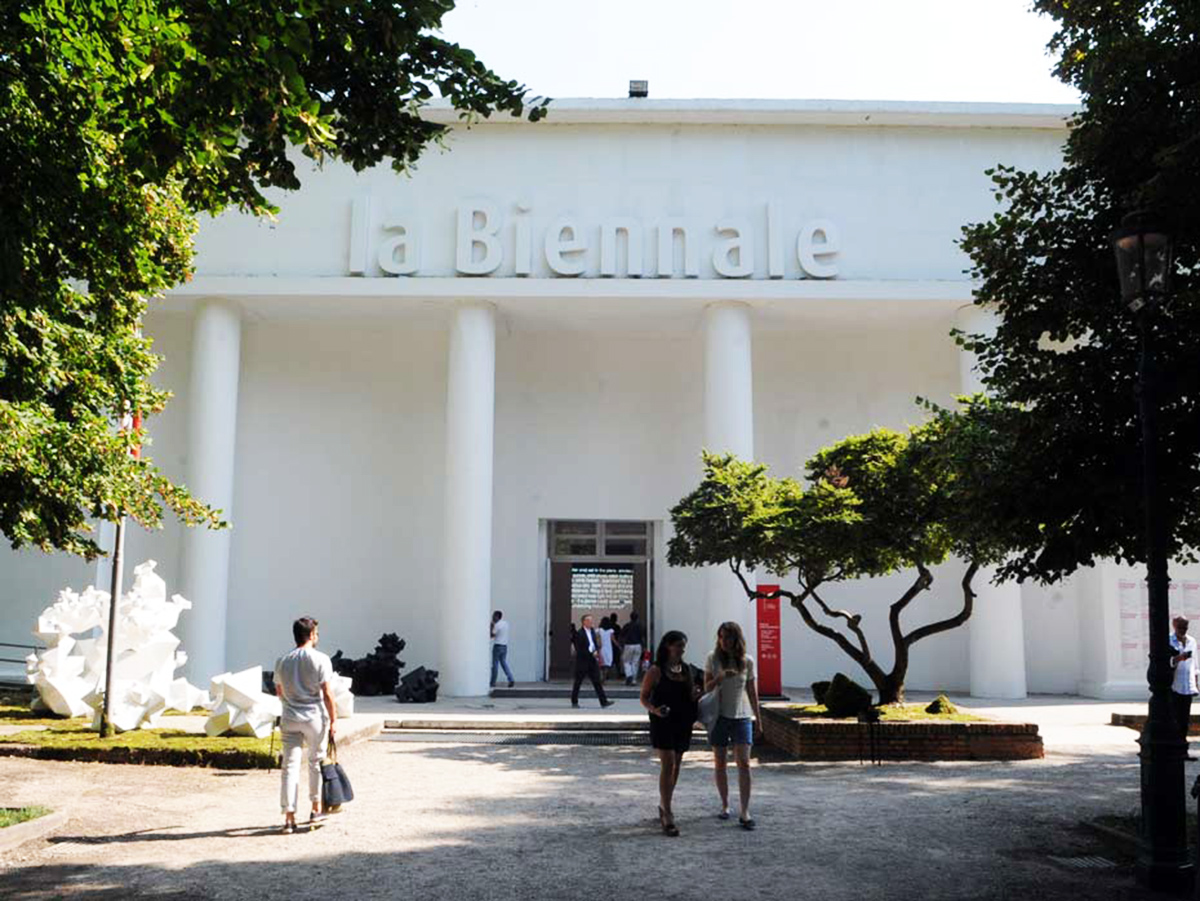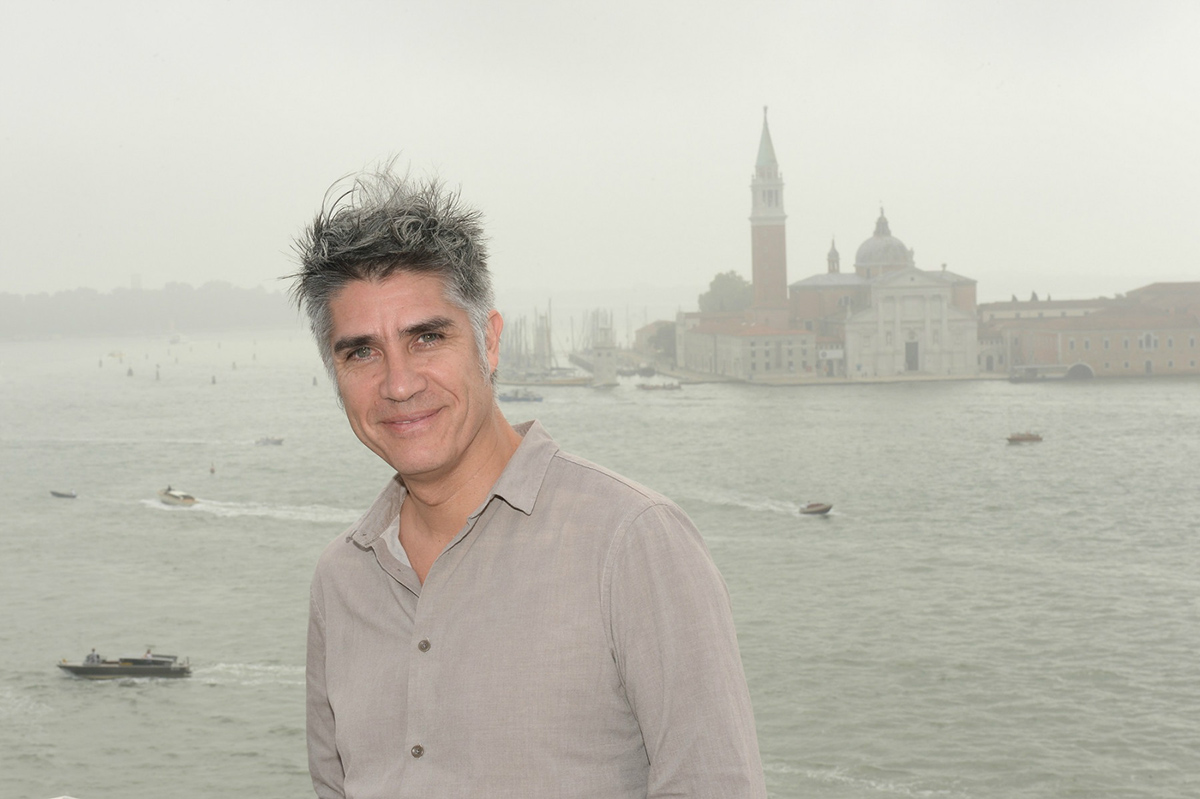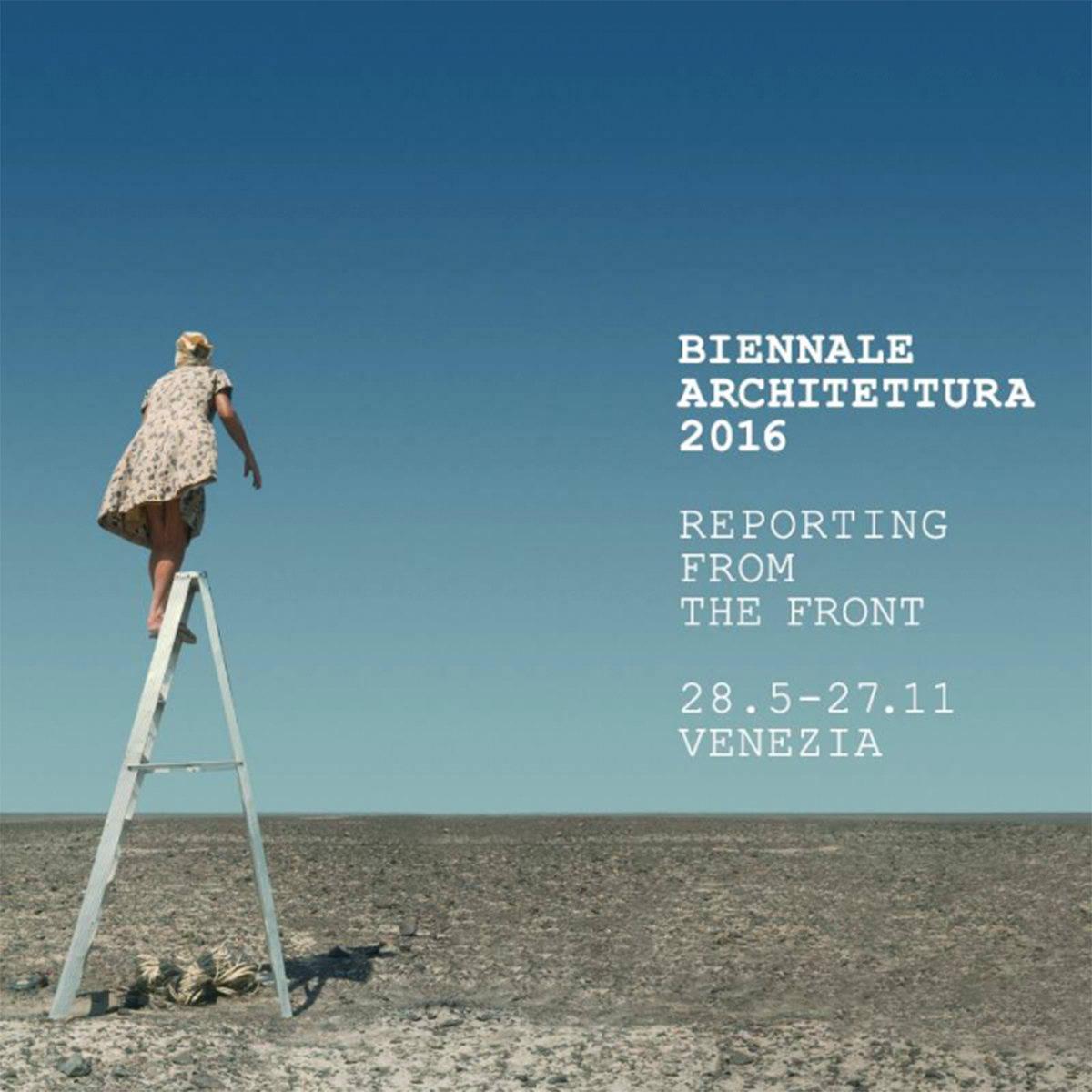Submitted by WA Contents
Alejandro Aravana reveals big names for 2016 Venice Architecture Biennale
Italy Architecture News - Feb 24, 2016 - 13:35 7821 views

Padiglione Centrale, Giardini, Venice. image © by Giorgio Zucchiatti, courtesy of la Biennale di Venezia.
Alejandro Aravana, the director of the 2016 Venice Architecture Biennale, who won the Pritzker Prize earlier this year and has finally released the names of international architects for 2016 Venice Architecture Biennale. Alejandro Aravena revealed in a press conference held on 22nd February, the list of 88 participants for the 15th edition of the biennial exhibition contains world-renown of celebrated architects, including Herzog & de Meuron, Eduardo Souto de Moura, Norman Foster, Renzo Piano, Rem Koolhaas, Richard Rogers, Shigeru Ban, Kengo Kuma and Wang Shu -all these international names will be contributing along with younger offices including Turner Prize-winner Assemble and Chilean studio Pezo von Ellrichshausen.
The exhibition Reporting From The Front will be laid out in a unitary exhibition sequence from the Central Pavilion (Giardini) to the Arsenale, and will include 88 participants from 37 different countries. 50 of them will be participating for the first time, and 33 architects are under the age of 40.

Alejandro Aravena. image © Giorgio Zucchiatti, courtesy of la Biennale di Venezia.
Open to the public from Saturday May 28th to Sunday November 27th 2016, at the Giardini and the Arsenale, the 15th International Architecture Exhibition, titled Reporting From The Front, will be directed by Alejandro Aravena and organized by La Biennale di Venezia chaired by Paolo Baratta. The preview will take place on May 26th and 27th, the awards ceremony and inauguration will be held on Saturday May 28th 2016.
The Exhibition will also include the 62 National Participations in the historic Pavilions at the Giardini, at the Arsenale and in the historic city centre of Venice. Five countries will be participating for the first time: Philippines, Kazakhstan, Nigeria, Seychelles and Yemen.
''Reporting From The Front'' will be about sharing with a broader audience, the work of people who are scrutinizing the horizon looking for new fields of action, facing issues like segregation, inequalities, peripheries, access to sanitation, natural disasters, housing shortage, migration, informality, crime, traffic, waste, pollution and the participation of communities. And simultaneously it will be about presenting examples where different dimensions are synthesized, integrating the pragmatic with the existential, pertinence and boldness, creativity and common sense. “

poster of 2016 Venice Biennale. courtesy of la Biennale di Venezia.
“It is not easy to achieve such a level of expansion and synthesis; they are battles that need to be fought. The always menacing scarcity of means, the ruthless constraints, the lack of time and urgencies of all kinds are a constant threat that explain why we so often fall short in delivering quality. The forces that shape the built environment are not necessarily amicable either: the greed and impatience of capital or the single mindedness and conservatism of the bureaucracy tend to produce banal, mediocre and dull built environments. These are the frontlines from which we would like different practitioners to report, sharing success stories and exemplary cases where architecture did, is and will make a difference.” said Aravena.
The curator Alejandro Aravena underlines that ''Reporting From The Front'' will be about bringing to a broader audience, what is it like to improve the quality of life while working on the margins, under tough circumstances, facing pressing challenges. Or what does it take to be on the cutting edge trying to conquer new fields”, the curator states.''
“We would like to learn from architectures that despite the scarcity of means intensify what is available instead of complaining about what is missing. We would like to understand what design tools are needed to subvert the forces that privilege the individual gain over the collective benefit, reducing We to just me. We would like to know about cases that resist reductionism and oversimplification and do not give up architecture’s mission to penetrate the mystery of the human condition. We are interested in how architecture can introduce a broader notion of gain: design as added value instead of an extra cost or architecture as a shortcut towards equality'' adds Aravena.
“We are very aware that the battle for a better built environment is a collective effort that will require everybody’s force and knowledge. That is why we would like this Biennale to be inclusive, listening to stories, thoughts and experiences coming from different backgrounds: The Architects, The Civil society, The Leaders, The National Pavilions'' as Aravena continues.
“For some years now we have been saying that the hallmark of our times is the mismatch between architecture and civil society. On the one hand, architecture seems preoccupied with producing spectacular buildings, celebratory reflections of the power and ambitions of the clients; on the other, society stands by indifferently, shying away from putting questions to Architecture.” “Architecture is that art where private demands, aspirations and needs intersect with public needs and aspirations” said, President, Paolo Baratta.
